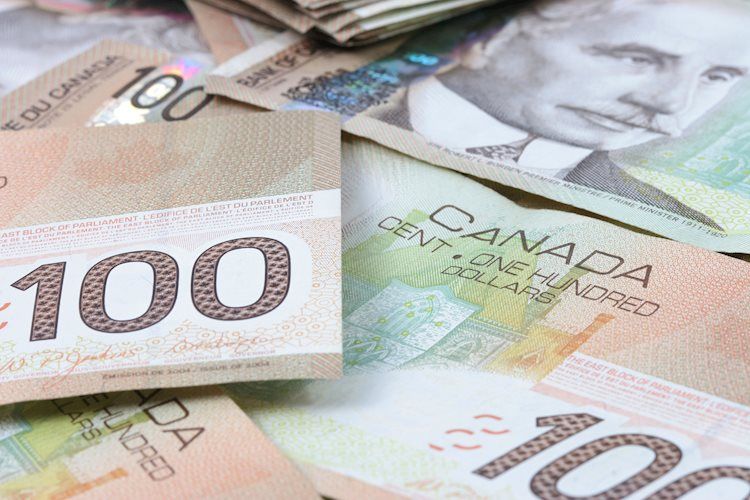USD/CAD has been on the rise for the second consecutive day, currently trading around 1.3650 during the Asian trading hours. This increase in the exchange rate is primarily driven by a shift towards risk aversion among investors, leading them to seek safety in the US Dollar.
The risk-off sentiment was exacerbated by comments from Neel Kashkari, President of the Federal Reserve Bank of Minneapolis, who suggested that a rate hike may still be a possibility. Kashkari’s uncertainty about the disinflationary process and prediction of only two rate cuts caused investors to reconsider their risk appetite, boosting demand for the US Dollar.
Additionally, the appreciation in US Treasury yields has further supported the Greenback. The US Dollar Index (DXY) was trading higher around 104.70, with 2-year and 10-year US Treasury yields at 4.96% and 4.54% respectively. This increase in yields has contributed to the strengthening of the US Dollar against major currencies.
On the economic front, the mid-tier US Housing Price Index for March came in below expectations at 0.1%, compared to 1.2% in February. Looking ahead, New York Fed President John Williams is scheduled to speak, and the Fed’s Beige Book will be released, providing insights into the current US economic landscape.
Meanwhile, on the CAD side, the decline in WTI Oil prices has put pressure on the Canadian Dollar. As Canada is one of the largest Oil exporters to the US, any fluctuations in Oil prices can significantly impact the value of the Loonie.
Despite this, Canada’s Industrial Product Price rose by 1.5% month-over-month in April, surpassing market forecasts and reaching an 8-month high. Additionally, the Raw Materials Price Index increased by 5.5% in April, indicating strength in the Canadian economy. However, the downward pressure from Oil prices continues to weigh on the CAD.
In conclusion, the USD/CAD pair has edged higher due to a combination of factors including risk aversion, comments from the Federal Reserve, and movements in US Treasury yields. While the CAD has shown some resilience in economic indicators, the decline in Oil prices remains a key factor impacting the currency. Traders will continue to monitor developments in both the US and Canadian economies to gauge the future direction of the USD/CAD pair.































